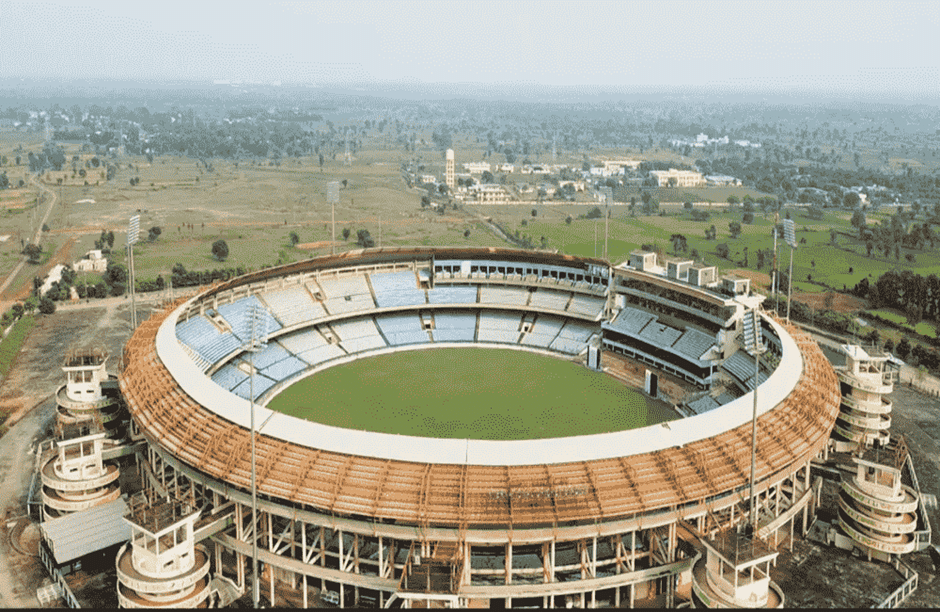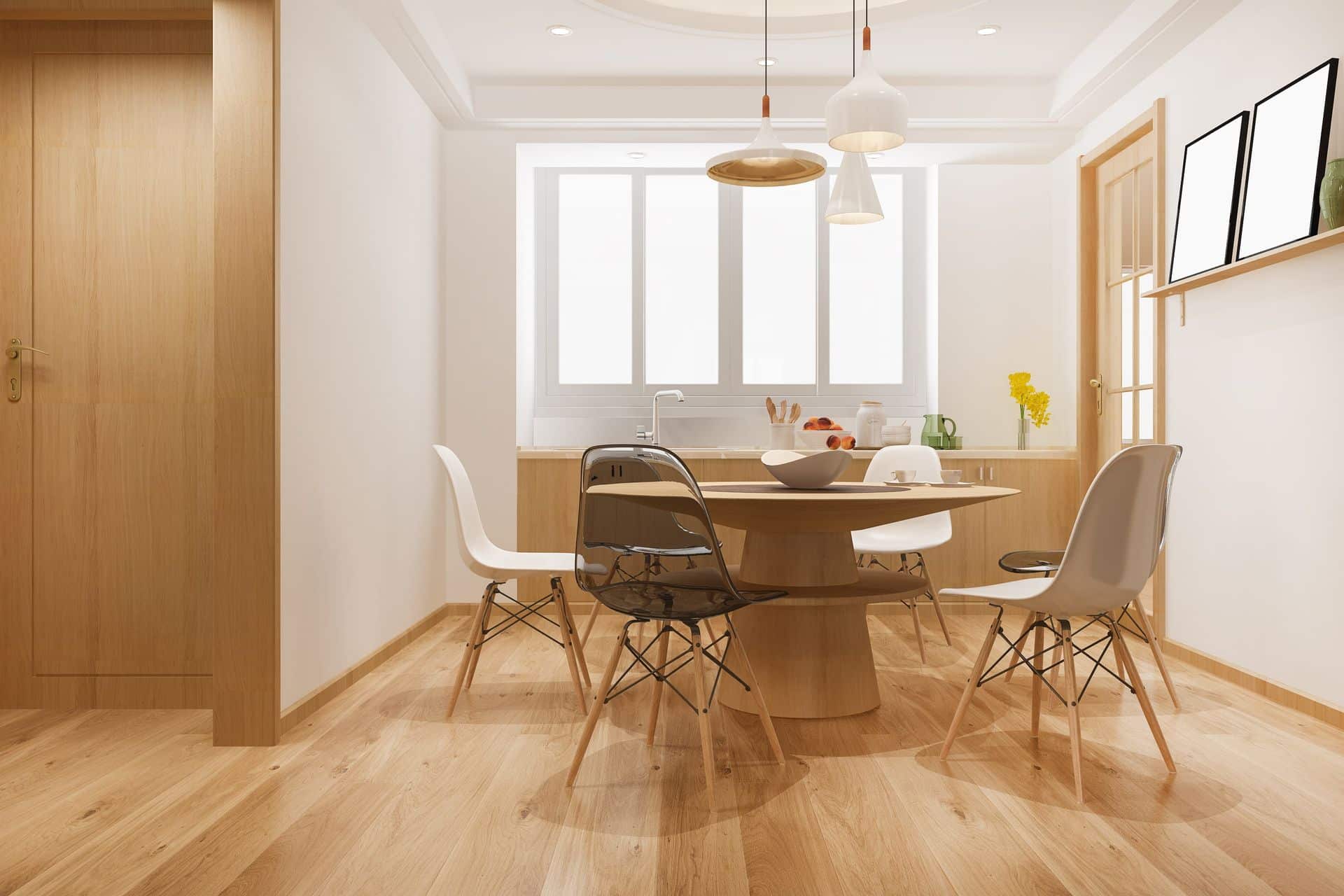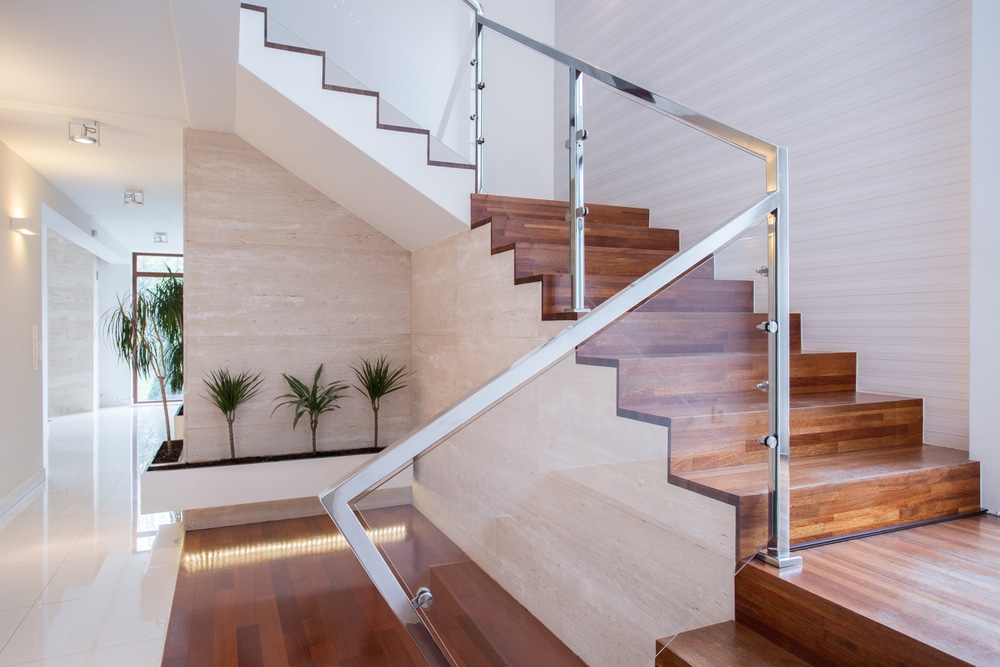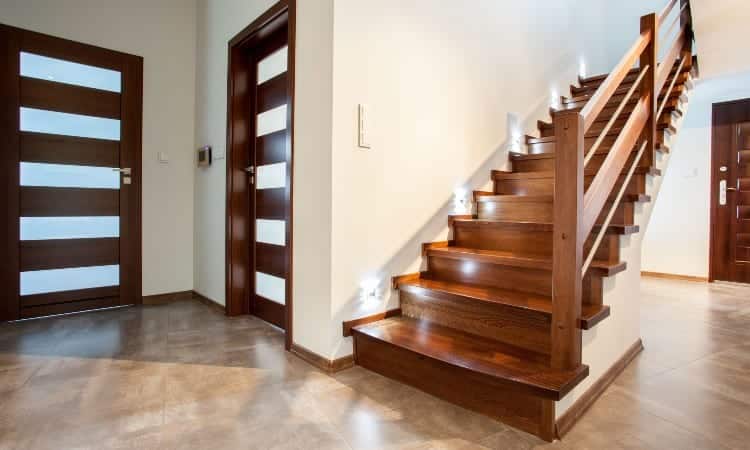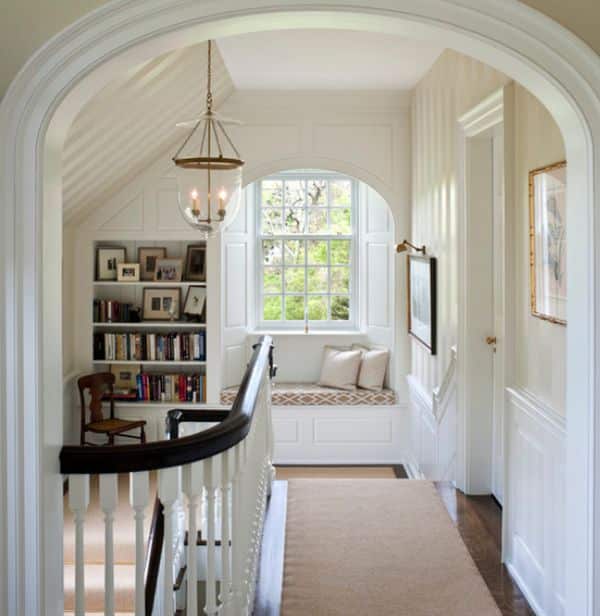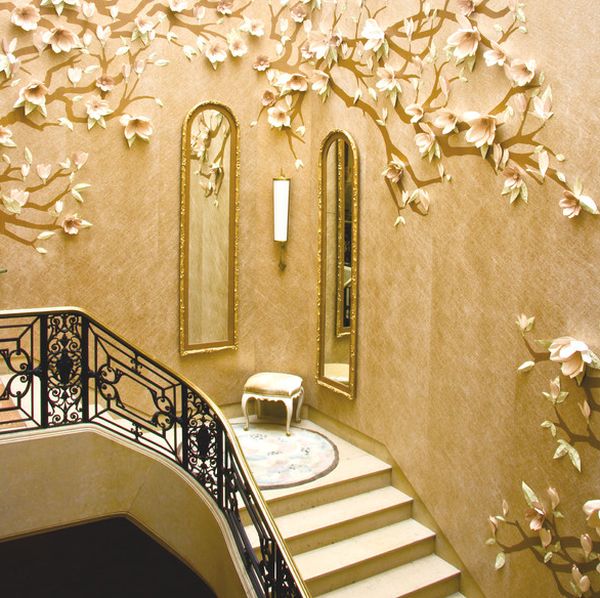What Factors Influence the Number of Stairs in a Flight?
Have you ever taken a moment to think about the stairs you climb every day? Those steps are not just a means of traveling from one floor to another but a marvel of design and engineering. It involves numerous scientific calculations in deciding how many stairs in a flight should be there. Numerous factors work in the background to shape the number of stairs in a flight.
Therefore, let us take you on a journey of an architectural adventure where we discuss the secrets behind those ascending and descending journeys. In this article, we discover how your everyday journey from the stairs is an exciting blend of science and art! Read the article completely to know about all the mind-blowing factors that influence how many stairs in a flight should be there!
Average Steps in a Flight
On average, a flight of stairs has 13 to 16 steps. However, this number may decrease or increase depending on the ceiling height and other factors. In most cases, this number doesn’t exceed more than 20 steps.
For an 8-foot ceiling, the average stairs in a flight are between 13 to 15 steps. Surprisingly, this number increases to 15 to 17 steps for a 9-foot ceiling. A 10-foot ceiling has as many as 17 to 19 steps in a flight. The ceiling height is directly proportional to the number of steps. In simpler words, the higher the ceiling height, the more stairs you would need.
Essential Parts of a Staircase
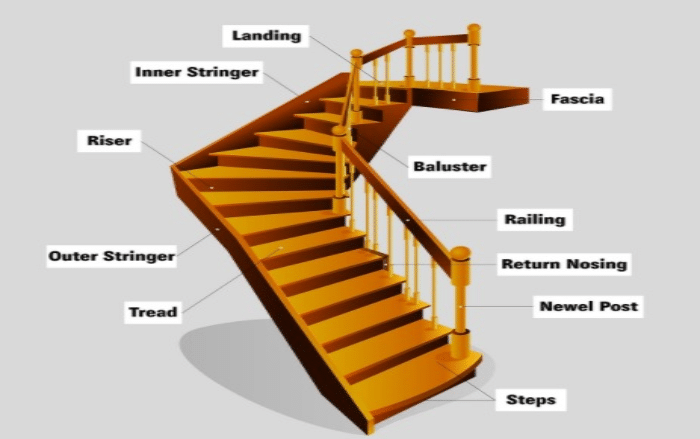
Before understanding the science behind a flight of stairs, we must know about the essential parts of a staircase. A staircase has a complex design and numerous divisions. You can read about some of the main components below:
1. Starting Steps
These are the foundations of a staircase. It is also known as ‘bullnose steps’ as they often have rounded or curved edges. The initial steps of a flight provide structural support to the entire staircase and ensure the climber’s smooth transition from the ground to the stairs.
2. Stair Tread
A stair tread is the space where we place our foot while climbing the stairs. It is the horizontal space that provides a walking surface to the climber.
3. Stair Risers
Stair risers are the vertical part of the staircase that connects one stair tread to another. They contribute to the total height of the flight and play a crucial role in safeguarding the user.
Factors Influencing How Many Stairs in a Flight
Now that we have understood the essential parts of a staircase let’s understand the factors that play a pivotal role in deciding how many stairs in a flight should be there in your building. It is important to note that these factors vary as per the property type, region, and individual preferences.
1. Vertical Rise
The height difference between two stairs or levels determines the number of stairs needed. A greater vertical rise requires more steps, whereas a smaller one needs fewer stairs.
2. Riser Height
Riser height refers to the vertical distance from the top of one step to another. The riser height determines the steps necessary to fulfill or cover the total vertical rise.
3. Tread Depth
The tread depth is essential to ensure the safety and comfort of the user. The depth of a tread is inversely proportional to the number of stairs. It means that a larger tread depth requires fewer stairs in a flight and vice-versa. However, an overly large tread depth may lead to discomfort; therefore, it is crucial to find a balance between tread depth and riser height.
4. Architectural Codes and Guidelines
The building guidelines of your area also play a role in calculating how many stairs in a flight should be there. These guidelines differ for residential and commercial properties and are necessary to make the property safe for everyone.
5. Aesthetics and Intended Use
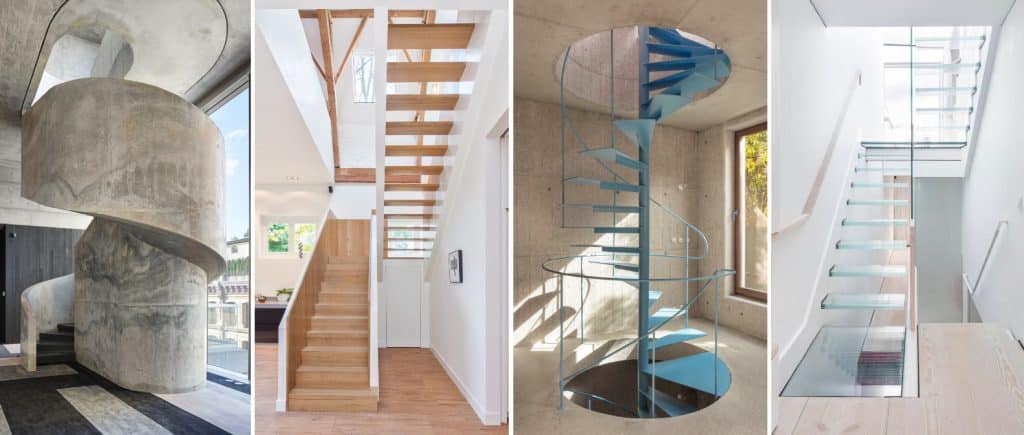
A staircase plays a crucial role in shaping the visual appearance of your space. For instance, an individual who wants a minimalistic space would go for a sleek and short stair flight.
Additionally, the purpose of the staircase and the abilities of the intended user also influence the step count. A commercial space with high user traffic would prefer more stairs with smaller tread depths. In contrast, a residential place would opt for fewer steps with large tread depth.
6. Staircase Shape
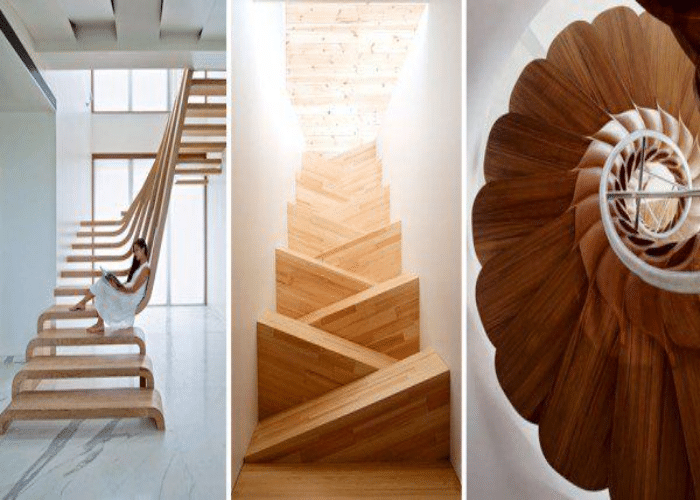
The overall design and configuration of the staircase can influence the number of steps in a flight. There are multiple types of staircase shapes, such as straight staircases, L-shaped staircases, U-shaped staircases, spiral staircases, and more. Among these, the spiral staircase will require the most number of steps, whereas straight staircases would use the least amount of stairs.
Conclusion
Now that we know that the staircases aren’t just a functional necessity but a wonderful symbol of science and architecture. It is also a reflection of individual aesthetic preferences.
A stair flight provides comfort and a unique character to your space. So, the next time you use the stairs, remember the multiple factors and considerations that are involved in designing a particular flight of stairs, and take a moment to appreciate the little architectural wonder in front of you!


